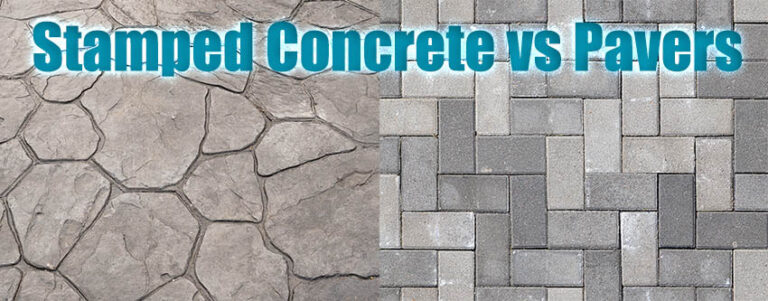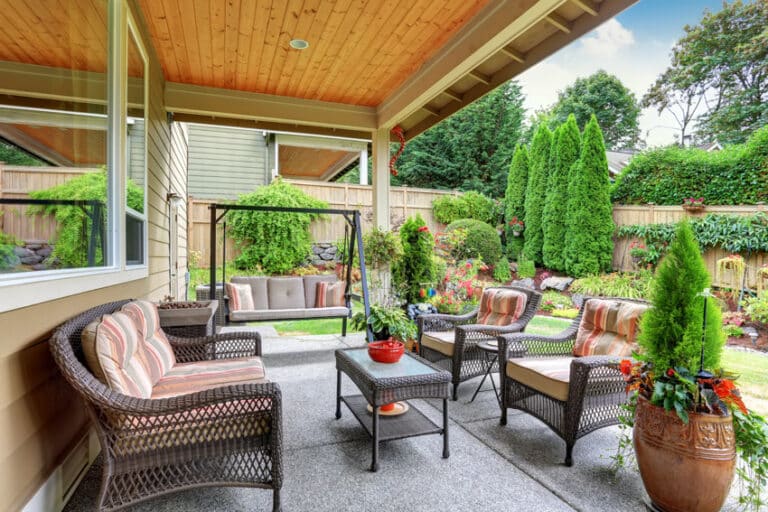Difference Between Porch, Patio, Deck, Balcony & Veranda
Want to know the difference between a porch, patio, deck, balcony & veranda? Over the years, outdoor living spaces have gained immense popularity in terms of functionality and aesthetics. People have started giving extreme importance to their outdoor spaces. Whether in summer or winter, these spaces have become a spot for recreation or a relaxation haven for friends and family.
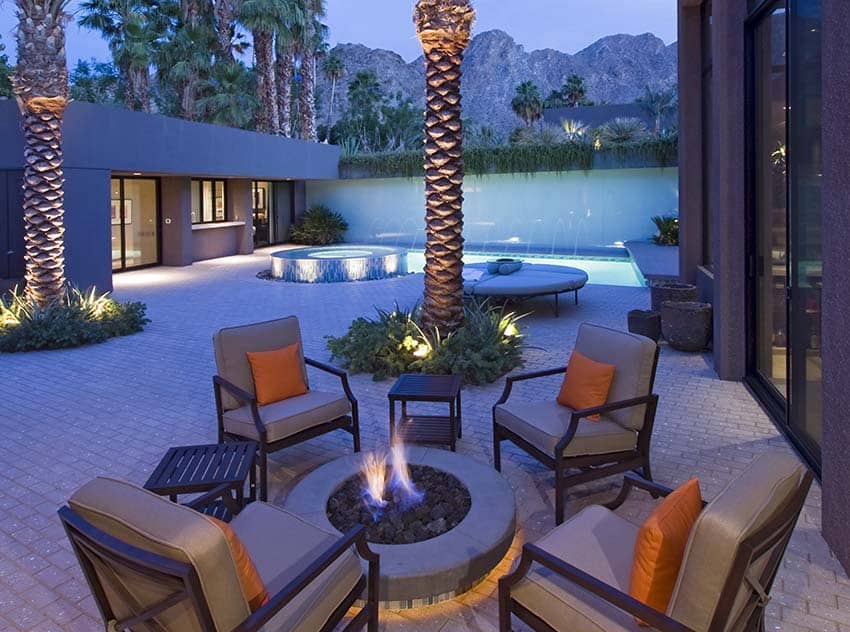
These outdoor structures, although being part of the house, usually are attached or detached from the main structure, covered or uncovered, in the form of a porch, patio, balcony, veranda and deck. Most of us would think they are all the same and indistinguishable. Yes, it is true, but only to a certain extent. Let us take a look at the precise differences between these terms to broaden your design knowledge so that next time when we see a patio, we call it a patio and not a veranda.
What is a Porch?
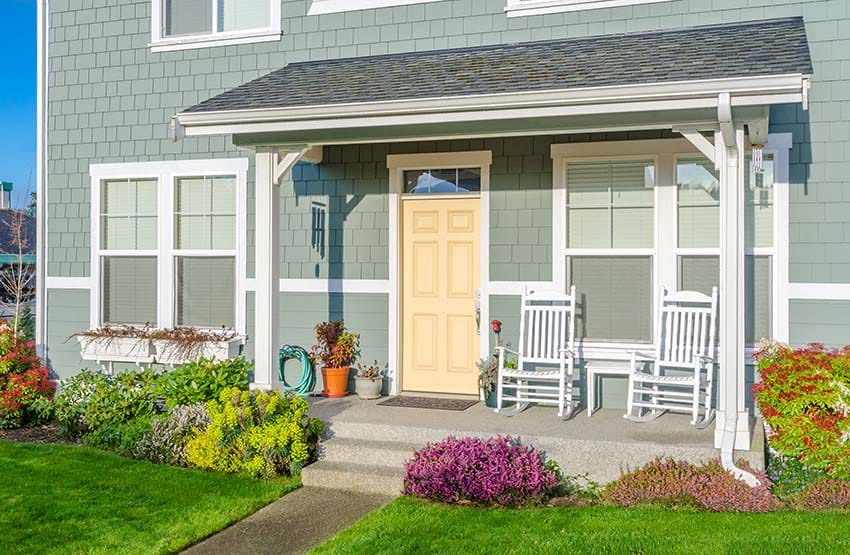
A porch is a low, covered outdoor structure, mainly constructed at the entryway of the house or the building. It is usually an extension of the main structure and may open or enclosed by screens, walls, latticework, windows, and columns.
People started building porches in their houses during the early 1900’s. The purpose and appearance of porches differed in different regions. Porches were built to protect houses from extreme weather conditions and dirt. Porches were small, open and positioned on the same level. South Western Regions used porches to shade the entrance and entire southern wall.
A porch doesn’t necessarily have to be covered. It is sometimes partially covered, and in a two-story house, the overhang of the second floor can be the covering or roof of the porch. A porch extending from the front to the side of the house is called a “wrap-around” porch.
Where an enclosed porch is concerned, there is a second door that leads to the main house once you enter the first door to the porch. These enclosed porches are mainly screened with or without glass and are sometimes viewed as informal extension of living room or parlor.
Porches are not only used for protection against weather conditions but are also considered extended living spaces with chairs, porch swings, benches, etc. During pleasant conditions, they are considered the perfect place for socializing with friends and neighbors or relaxing zones.
What is a Patio?
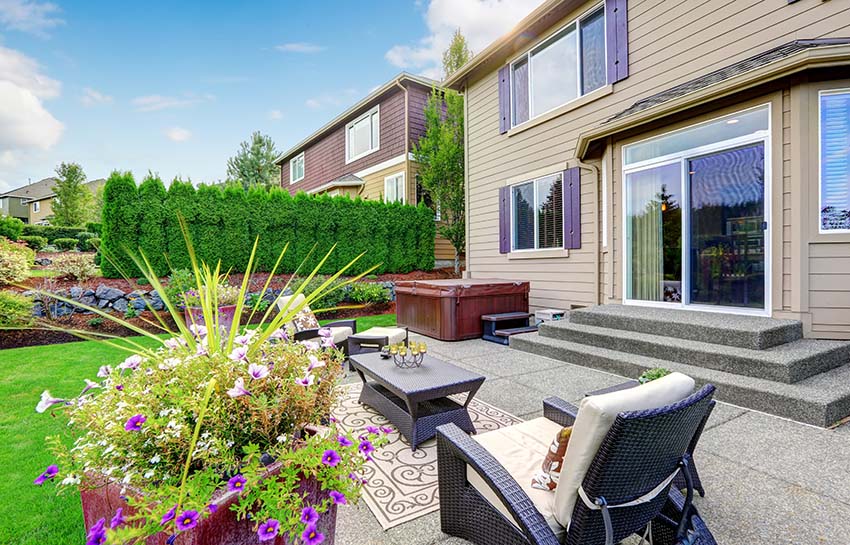
A patio is an outdoor structure that is either attached or detached from the main house or building and is usually constructed in the back of the house. It is mainly open to the sky but sometimes has an overhead roof for shade and privacy.
It is constructed on the ground adjacent to the main structure or slightly away from it, mostly around a swimming pool or landscape, and are built with paved stones, concrete, bricks, cobbles or tiles.
Patios are mostly decorated with plants and outdoor furniture. Since they are used for dining and recreation, they are built in places with easy access to the kitchen or backyard. Having an outdoor kitchen or barbecue setup in a patio is a great idea for those who frequently entertain guests. You can see our gallery of patio designs here.
Since patios are set on the ground level, they do not need to meet any regulations and codes. However, they require maintenance, as bricks need to be replaced, or tiles need to be polished or cleaned.
Three types of patios are recommended.
- Flat roof patios that help excess water flow in case of rain
- Modern patios with curved roof made out of modern materials such as aluminum
- Gable patios with peaked roof
Porch vs Patio
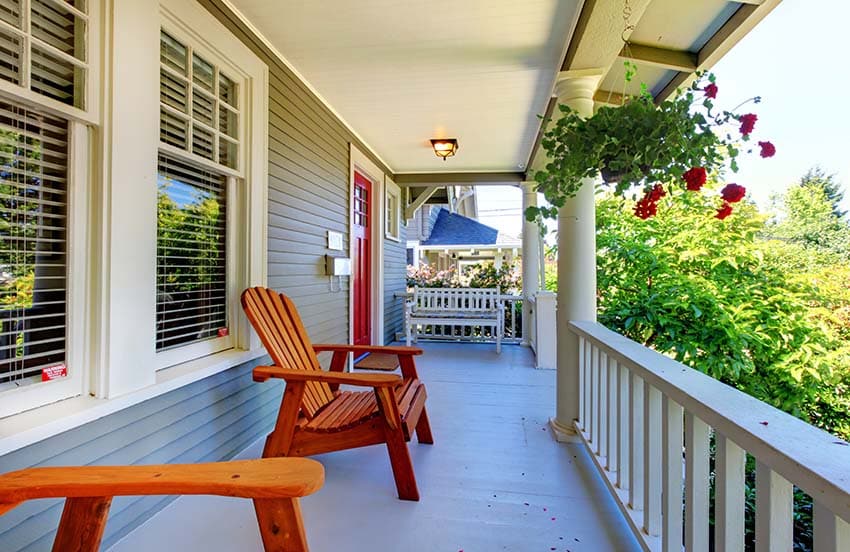
A porch is typically attached to the main structure and located in the front of the house, hence taking up the shape of the main structure, whereas the versatility of a patio is that it can differ in size and shape and is freestanding. They are more multifaceted than a porch in terms of functionality and décor.
When constructing a porch, you sometimes need to follow safety and regulations, whereas patios do not need to follow such rules and codes. Porches above 2 feet require railings.
Where a porch leads to the house’s entrance, patios are sometimes constructed adjacent to the structure, not necessarily in front or back of the house. It is very common that porches are mostly in the front and patios in the backyard although there are no hard and fast rules regarding that concept.
What is a Deck?
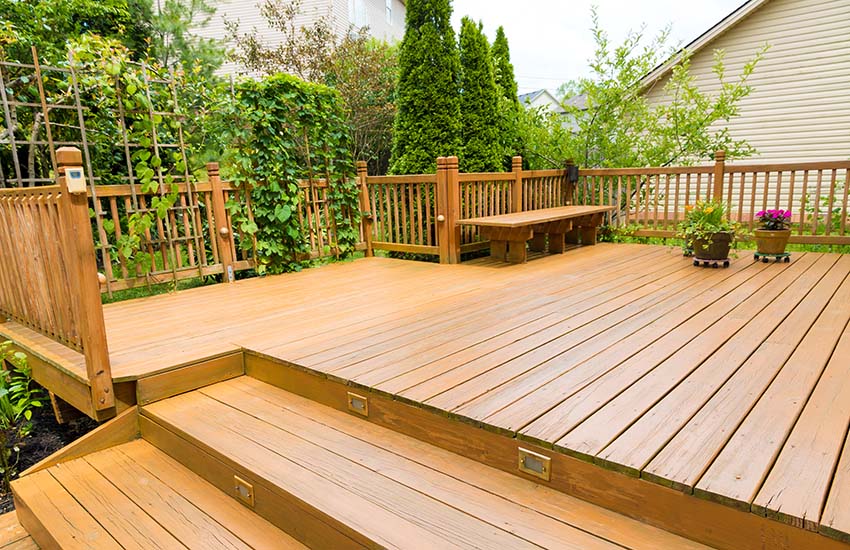
Decks are flat, roofless platforms made out of processed lumber, composite materials, cedar, or vinyl, often attached to the house or left as a standalone structure. They are usually elevated from the ground level and enclosed with railing. According to building codes, a deck up to 18 inches may require a railing. A pergola or a canopy can be used to cover the decks.
One of the most common and favored outdoor structures, decks are used for dining, outdoor recreation, and entertainment purposes, barbecues, and a chill-out zone and consist of outdoor furniture, plants, and seating.
Over the years, the types of decks have been elaborated with different designs and styles that would suit your house and surroundings. See our gallery of 50 wood deck designs on this page.
Platform decks are single-leveled, elevated from the ground with or without railings, and often decorated with plants for added beauty and style. A multi-level deck consists of a series of decks at different levels connected with stairs. Usually found on large, more than one-story properties or as an independent outdoor structure.
A two-story deck can be multipurpose, serving outdoor entertainment and providing access to the upper section of the house. Free-standing decks can be located a little away from the house, in the yard, or near a swimming pool to provide a spot for privacy or to dwell amidst nature. They can be decorated with posts and beams and some cane outdoor furniture to provide a rustic touch to the space.
There are various deck design programs available for those who want to experiment with creating their own backyard layouts. Free software is available so you can begin planning your deck design and get an idea of what you like best.
Deck Vs Patio

While patios and deck designs both offer similar purposes for enjoying the outdoors and are attached and detached to the main structure, there are certain features that are unique and limited to each type.
Patios can be constructed using different materials such as stone, concrete, paving blocks, whereas decks are mostly constructed of timber or composite material. See a variety of patio ideas here for more inspiration.
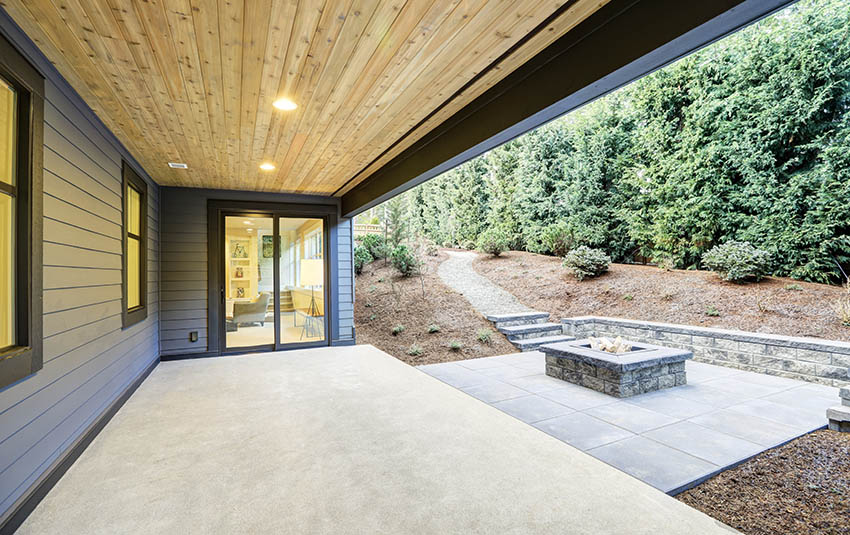
Where decks tend to be elevated with a couple of steps or a staircase, attached to the home by a ledger, and require a railing or fence, patios do not necessarily require a railing as they are typically found on the ground level. Due to the material used, decks are quite expensive to construct compared with patios, which can require cheaper material. However, both require some maintenance due to the potential for mold and mildew for those who live in a wet climate.
What is a Balcony?
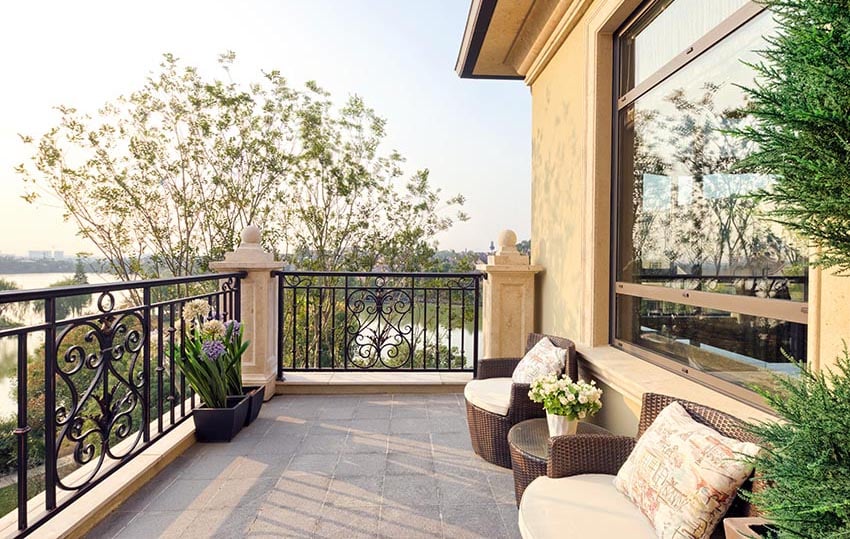
The balcony is an outdoor structure that extends the house or building’s upper floor. A house can have more than one balcony on each floor. These are platforms that jut out from the walls of the building, enclosed by walls, and supported with columns, railings or balustrades at least one meter in height.
Balconies are considerably small in terms of width and length; a single elevation can have more than one balcony. Although they do not serve much recreation, balconies are constructed in houses and apartments as they visually enlarge the indoor space and provide ventilation, sun, and shelter (with an overhead roof). The concept of a balcony omits the feeling that you lack a personal patio or a backyard.
Typically, you can place outdoor furniture or a freestanding swing in a small balcony or use a wider balcony for socializing and entertainment as well. Construction of balconies do not require regulations and codes in many countries and the plus factor is that you can be versatile in designing balconies with the choice of railing and balustrade materials, design and flooring options to choose from ranging from tiles, wood flooring, vinyl etc.
You can choose from one of the three options when constructing a balcony, depending on the functionality
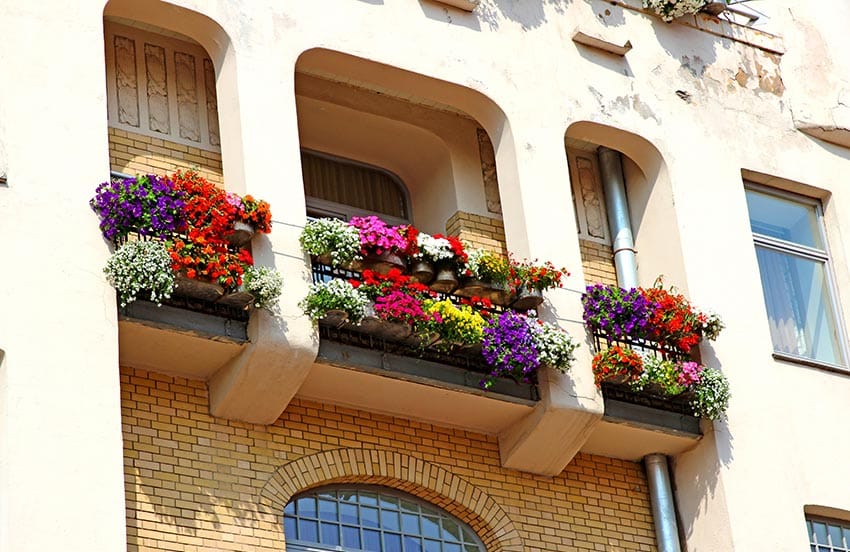
Cantilevered balconies – Cantilevered balconies project from the main building without any visible support. The weight and load is supported by cantilevering the structure off the wall. The most common and aesthetically appropriate solution.
Stacked balconies – Sometimes called balconies on pillars, although these balconies do not have much aesthetic value, they reduce the weight and load on the main structure by using metal columns and pillars to vertically support the balcony structure or structures (if stacked one below the other).
Hung balconies – A less common option, where stainless steel cable fixed to walls supports the balcony in a ‘hanging’ position connected at 45 degrees.
What is a Veranda?
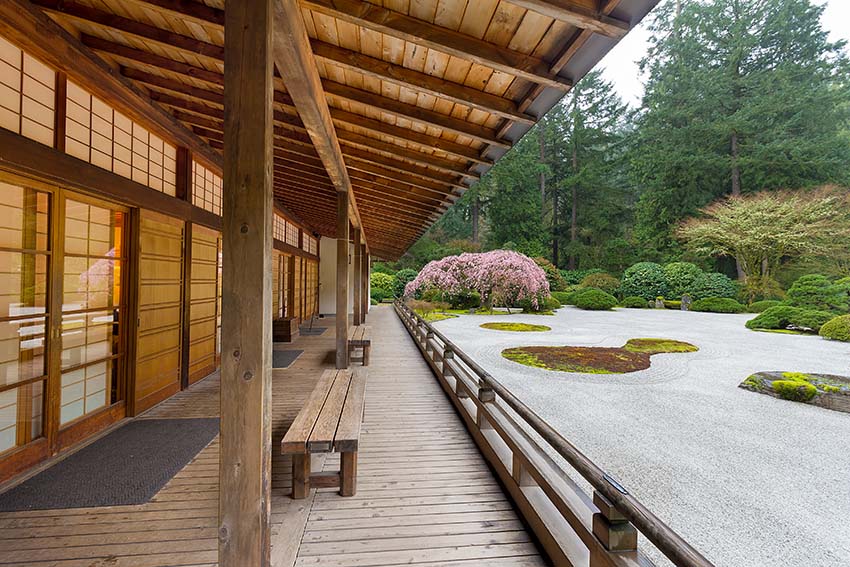
A veranda is a roofed platform that is often attached to a house from more than one side. Verandas are usually kept open or enclosed with a railing or fence and are leveled mainly with the ground floor of a house or building.
A veranda sometimes plays the role of giving access to the front or the back entrance of the house. Over the years, people have used verandas for entertaining guests and outdoor activities. You can even consider it as the balcony of a ground floor. In America, people utilize a veranda to store items, whereas, in countries such as India, it plays a significant role as a place where you receive your guests.
The most popular style of architecture in New Orleans is the Creole Townhouse. It is known for its townhouse-style buildings and houses with brick or stucco work, wrought iron balconies, and prominent use of verandas. Designing a veranda for your home and choosing a style and appearance will gradually enhance its aesthetic appeal.
Listed here are a few types of verandas to complement your home
Curved – also known as a bullnose veranda, it is one of the most stylish contemporary styles of veranda, which can be attached to the home or free standing. It has smooth, curved lines that form a convex canopy over the outdoor platform. It provides shelter from the sun at the same time gives an elegant feel that a flat roof wouldn’t. Additionally, you can combine it with another type of veranda, such as a flat roof, to give it an unusual style.
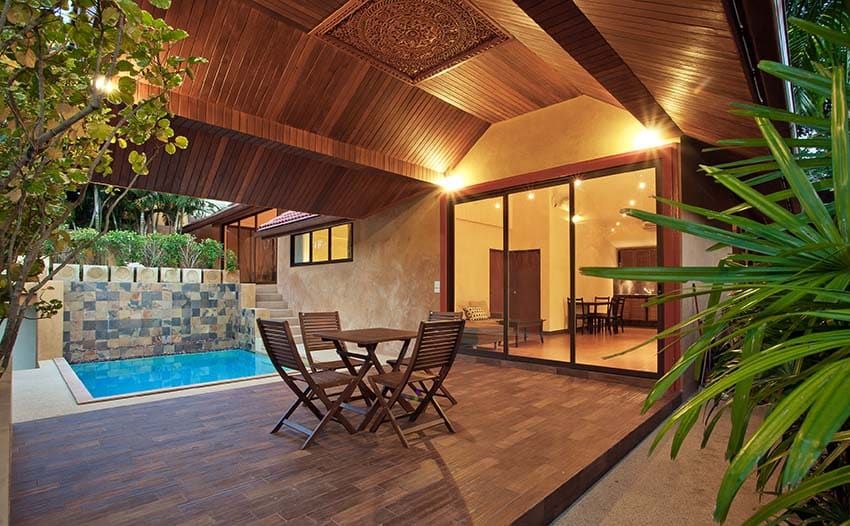
Gable – also known as pitched roof style, has a slanting roofline that increases the aesthetic of the roof of your house. It is often made out of clear roof sheeting to give a sunroom effect. However, other popular materials used in construction are aluminum, sheet metal, and wood.
Flat – the simplest yet versatile style of roofing that can complement any kind of outdoor space and constructed to any given dimension. It can be combined with other veranda roofing types, such as gable or curved.
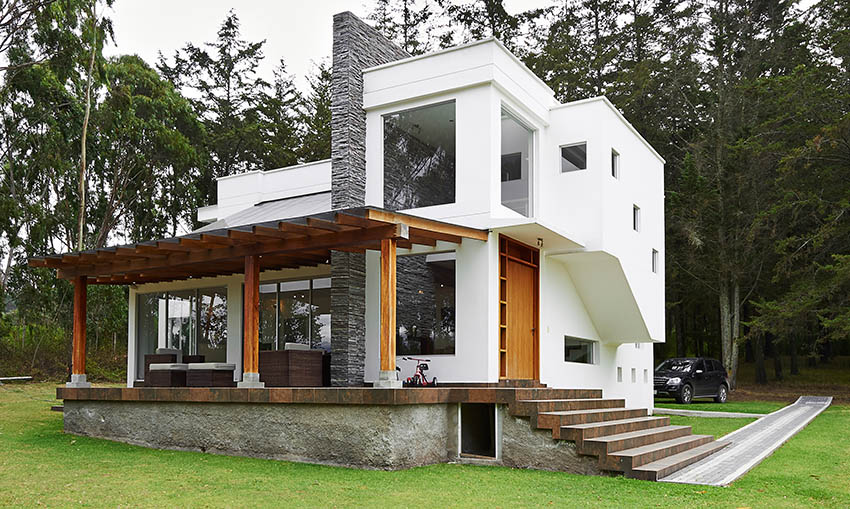
Pergola– the versatility is that it doesn’t have to be attached to your home and with a slotted roof, pergola style can bring in a light and airy feel while providing shade and aesthetic appeal to your outdoor space. Visit here for more pergola ideas for your backyard.
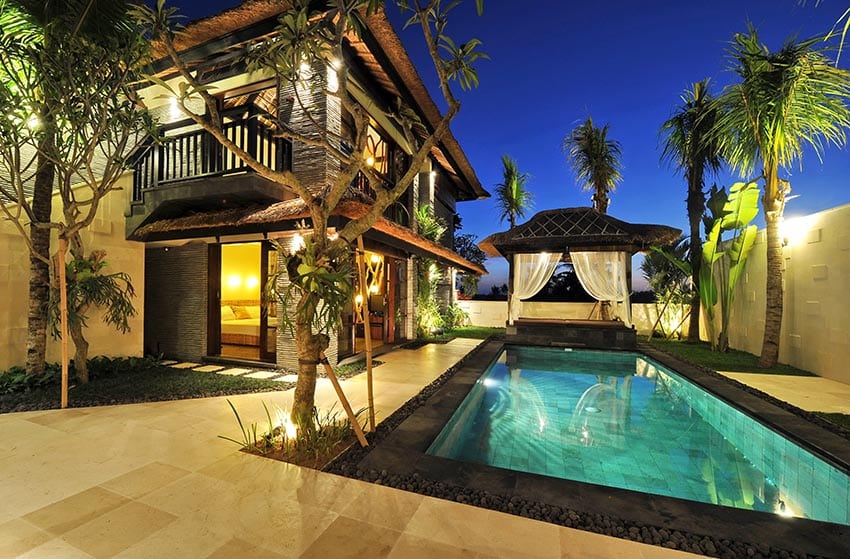
Pavilion – A pavilion design veranda is a standalone structure that adds an appealing addition to your veranda and home. This complex design consists of a vaulted roof with clear sections that help stream lots of sunlight into the space. This style can also be constructed with various gazebo design styles such as square and octagon. See more gazebo designs at this gallery page.

